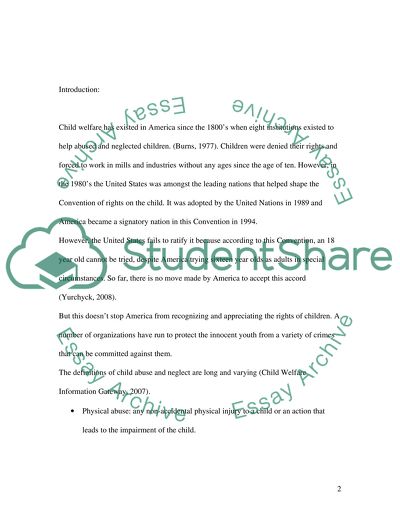Cite this document
(“Child Welfare League of America Research Proposal”, n.d.)
Child Welfare League of America Research Proposal. Retrieved from https://studentshare.org/sociology/1520229-social-work-bachelor-essay
Child Welfare League of America Research Proposal. Retrieved from https://studentshare.org/sociology/1520229-social-work-bachelor-essay
(Child Welfare League of America Research Proposal)
Child Welfare League of America Research Proposal. https://studentshare.org/sociology/1520229-social-work-bachelor-essay.
Child Welfare League of America Research Proposal. https://studentshare.org/sociology/1520229-social-work-bachelor-essay.
“Child Welfare League of America Research Proposal”, n.d. https://studentshare.org/sociology/1520229-social-work-bachelor-essay.


